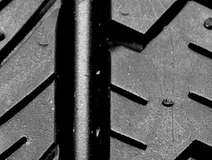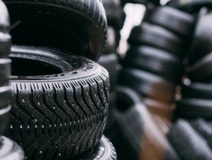
December 06, 2022
How Old Are Your Tyres?
Ever wondered how old your tyres are and if they're still safe to use? Your tyre's sidewall contains letters, numbers, and symbols that reveal a wealth of information. One of the things you can learn is your tyre's age, which you can gauge from your tyre's manufacturing date.
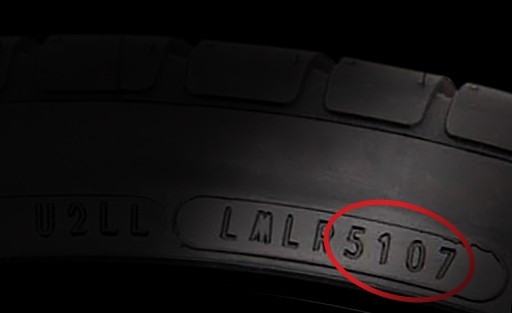
What Is My Tyre's Manufacturing Date?
You can find your tyre's manufacturing date as a tyre date code or tyre identification number (TIN) etched on the sidewall. These are the last three or four digits that follow the acronym DOT, which stands for the US-Based Department of Transportation. The DOT and the National Highway Traffic Safety Administration (NHTSA) mandated the TIN to be moulded into all newly manufactured tyres to:
- Identify when the tyre was made.
- Register the new tyre with the manufacturer with your name and contact details.
- Provide a means to contact you in case the product is recalled.
In this article, you'll learn where and how to read your tyre's manufacturing date and how it can help you ensure your vehicle's performance and safety.
What Is My Tyre's Age?
The TIN has two formats, depending on the year your tyre was manufactured—before and after the year 2000. We discuss each one.
Tyres Made Before the Year 2000
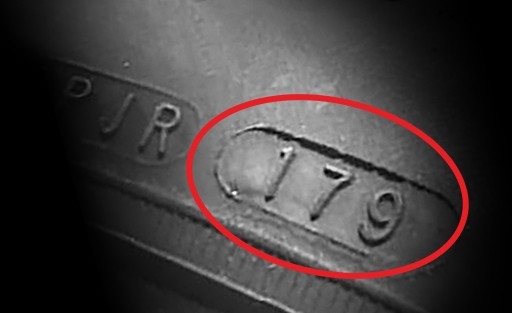
Chances are, you are not driving tyres that were made before 2000. However, for the rare few that do, pre-year 2000s, you can see the tyre's manufacturing date as the TIN's last three digits.
Check out the photo above, which shows the date code 179. Its first two numerals refer to the week, while the last number is the year of its decade of manufacturing. Here's when it gets messy because there's no way to tell which decade the tyre was made. So, 179 can be read as:
First two digits of 17 = 17th week of the year
The last digit of 9 = may be any decade ending in 9 (e.g. 1989 or 1999) manufacturers distinguished their 1990s-made tyres with a triangular arrow pointing to the last digit. However, not all tyre
Se makers followed this practice, so you can't tell the exact manufacturing year.
Tyres Made From 2000 & Onwards
The TIN has a maximum of 13 characters, which may include codes for the manufacturer's plant, tyre size, and tyre construction. For tyres made in 2000 and beyond, the last four digits determine the tyre's manufacturing date.
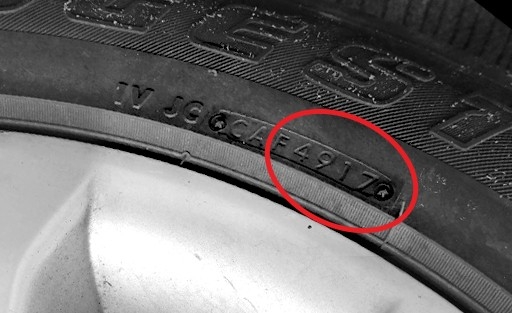
In the photo above, the last four numbers are 4917. The first two digits refer to the week of the manufacturing date, while the last two refer to the year. We break it down to:
First two digits of 49 = 49th week of the year (we have a total of 52 weeks annually)
Last two digits of 17 = the year 2017.
So, if you look back at the 2017 calendar, its 49th week happened sometime from December 4 to December 10 that year. Put together, you have December 4 -10, 2017, which is the tyre’s manufacturing date.
💡Pro-Tip: Do you see an incomplete tyre code on your sidewall? Just flip the tyre over to see the complete version! One side only shows partial TIN numbers because moulding the digits onto hot rubber is dangerous. Having the tyre technicians mould the full 12 or 13 digits on only one side of the tyre lowers their risk of injury.
Does the Tyre Date Stamp Tell Me My Tyre's Expiration Date?
First, let's be clear: the TIN specifies your tyre's manufacturing date, not its expiration date. In fact, your tyres don't have definite expiration dates, and experts agree that you should replace them after about five years. Still, this isn't a hard and fast rule since tyre ageing depends on several factors, including driving style, suspension system, and maintenance.
But is it safe to buy new, never-been-used tyres years after they were manufactured? Again, there's no direct policy regarding this. However, the world's top tyre makers and organisations are in agreement: tyres can be sold up to five years after their manufacturing date if they are properly stored.
According to tyre manufacturing giant Bridgestone, five-year-old tyres are good to use if they were minimally exposed to temperature changes, humidity, and sunlight. "This helps ensure the integrity of the tyre and should easily allow for a recommended shelf life of up to 5 years," states the company on its website.
Michelin, one of the world's top tyre companies, said that "tyres are not bananas" because they stay fresh years after their manufacturing dates. To prove their point, Michelin rigorously tested their three-year-old tyres, which showed the same level of performance against newly-made ones. "This means that the Michelin tyre is as good as new when installed on a vehicle," its website stated. "Hence the most important date for you is not the manufacturing date but the date of installation."
Assogomma, the Italian association of tyre manufacturers echoes this stand, saying that tyre life largely depends on its use, exposure to elements, and maintenance. In an official statement, its director said, "There is no correlation between the date of manufacture and the usable life and performance of a tyre."
Read Tyroola's stand on tyre expiration and our tyre age policy to learn more!
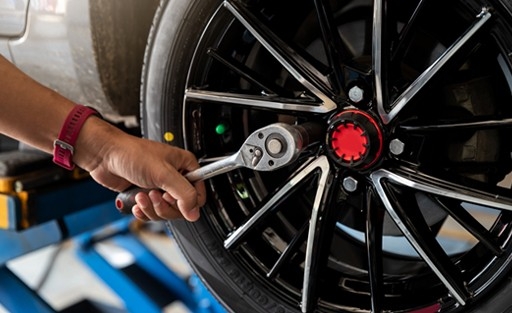
Tyre Maintenance > Manufacturing Date
Yes, tyres age due to outside elements and wear and tear. Rubber compounds and other materials like steel and nylon can lose their tensile strength over time. Years of exposure to road impact and bad driving habits (sudden acceleration and braking, etc.) can take their toll on your tyres— the only part of your vehicle that hits the ground.
Knowing your tyre's age is an essential part of tyre care, but it's not the be-all and end-all of safety and performance. Even freshly-made tyres need constant care. Here are some tips:
• Buy tyres for immediate use and not storage.
Unless you know the technicalities of proper tyre storage, it's best to fit your new tyres immediately. Tyres contain anti-ageing chemicals that only work when they're in use. If your tyres are improperly stored or installed in a vehicle you don't use, the inevitable will happen. The tyres will age fast, even with a recent manufacturing date. This translates to wasted money and compromised safety!
Also read:10 Smart Ways Tyres Can Save You Money
• Practise proper inflation.
We can't stress this enough—incorrect tyre pressure puts you at risk. Underinflation is a major cause of flat tyres and tyre failure, which may lead to accidents. Make sure your tyres are properly inflated, which optimises their performance in speed, load capacity and other aspects.
• Routinely check for signs of damage.
Examine your tyres regularly for punctures, bulges, uneven tread wear and other abnormalities. Be aware that not all damage is physical. Some are internal, so you need to have your tyres checked by an expert.
Also read:7 Types of Tyre Damage Plus Their Causes & Prevention
• Practise proper tyre maintenance.
Rotate your tyres every six months, and have your wheels checked for balancing and alignment. Good driving habits also help. When you avoid potholes and drive without stressing your tyres or vehicle, your tyres will love you back—letting you save dollars in the long run.
Also read:Top 8 Must-Know FAQs About Tyre Rotation
To be on the safe side, Tyroola recommends you change your tyres every five to six years regardless if their treads are worn or not. If your vehicle is kept outside and often exposed to sunlight, you might need to change your tyres even earlier. The important thing is to be vigilant about your tyres.
Also read:How To Make Sure Your Tyre's Tread Depth Is NOT Illegal
Fresh & Cheap Tyres at Tyroola
We properly store our tyres to ensure they're still fresh and able when you buy them. We don't sell second-hand tyres because there's no way to tell if their internal structure has been compromised. At Tyroola, we only sell brand-new tyres and wheels made by reputable brands—from premium to value options.
Check out our deals and promos that give you even more savings, plus a fun and safe time on the road!
